The easiest way is to ensure that the array follows is in standard layout (C-contiguous) with the image dimensions in the order (height, width, channel) order (HWC), or in an equivalent memory layout. This is necessary because image expects rows to be contiguous in memory.
Then, build a RgbImage using the type's from_raw function.
use image::RgbImage;
use ndarray::Array3;
fn array_to_image(arr: Array3<u8>) -> RgbImage {
assert!(arr.is_standard_layout());
let (height, width, _) = arr.dim();
let raw = arr.into_raw_vec();
RgbImage::from_raw(width as u32, height as u32, raw)
.expect("container should have the right size for the image dimensions")
}
Example of use:
let mut array: Array3<u8> = Array3::zeros((200, 250, 3)); // 250x200 RGB
for ((x, y, z), v) in array.indexed_iter_mut() {
*v = match z {
0 => y as u8,
1 => x as u8,
2 => 0,
_ => unreachable!(),
};
}
let image = array_to_image(array);
image.save("out.png")?;
The output image:

Below are a few related helper functions, in case they are necessary.
Ndarrays can be converted to standard layout by calling the method as_standard_layout, available since version 0.13.0. Before this version, you would need to collect each array element into a vector and rebuild the array, like so:
fn to_standard_layout<A, D>(arr: Array<A, D>) -> Array<A, D>
where
A: Clone,
D: Dimension,
{
let v: Vec<_> = arr.iter().cloned().collect();
let dim = arr.dim();
Array::from_shape_vec(dim, v).unwrap()
}
Moreover, converting an ndarray in the layout (width, height, channel) to (height, width, channel) is also possible by swapping the first two axes and making the array C-contiguous afterwards:
fn wh_to_hw(mut arr: Array3<u8>) -> Array3<u8> {
arr.swap_axes(0, 1);
arr.as_standard_layout().to_owned()
}
